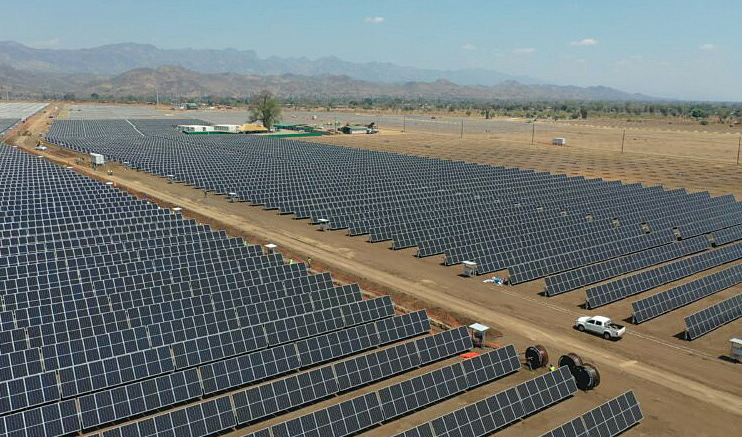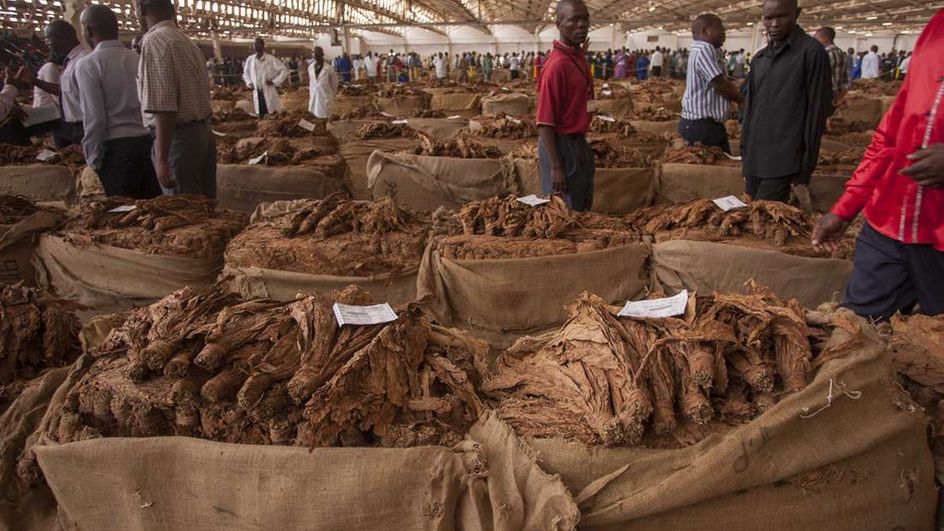Cyclone Freddy puts pressure on prices
Consumers Association of Malawi (Cama) says the Tropical Cyclone Freddy which mostly affected the Southern part of Malawi has compounded the cost of living crisis by pushing up commodity prices, affecting people’s well-being.
Data compiled by Cama shows that prices of basic commodities such as sugar, bread, cooking oil, flour and vegetables have risen by an average of K600 weeks after the cyclone.

In a statement made available to Business News yesterday, Cama executive director John Kapito said the consumers are suffering from the effects which make most items now out of reach for Malawians.
He said: “Other than the seasonality factors, prices of goods have increased significantly especially in the Southern region on account of Cyclone Freddy. Most crops have been washed away and road networks damaged. As a result, prices of commodities have gone up.”
Economic statistician Alick Nyasulu also observed that Tropical Cyclone Freddy, which hit the country early March, has had an impact on food prices stressing the need for deliberate government policies to intervene.
“Government needs to take control of food pricing through some legislation for selected food products,” he said.
Besides claiming hundreds of lives and destroying property, the cyclone also disrupted service delivery and business activities as it also damaged road infrastructure and other crops.
Meanwhile, the World Bank has also indicated that Malawi faces a food price crisis, particularly the staple grain maize, largely on account of the weather-related shocks and the continued harsh economic vulnerabilities.
In its latest Food Security Outlook for March 2023, the Bank said that food prices will remain higher and more volatile than currently projected.
The bank said food prices are expected to remain above the most recent five-year average as food prices are forecast to rise further.
Meanwhile, Malawi’s headline inflation has been on the rise, standing at 26.7 percent as of February, triggered by a rise in food prices.
National Statistical Office (NSO) figures published last month show that during the same period last year, inflation was recorded at 13 percent.
This means prices of goods and services during the period under review quickened compared to the same period last year.





